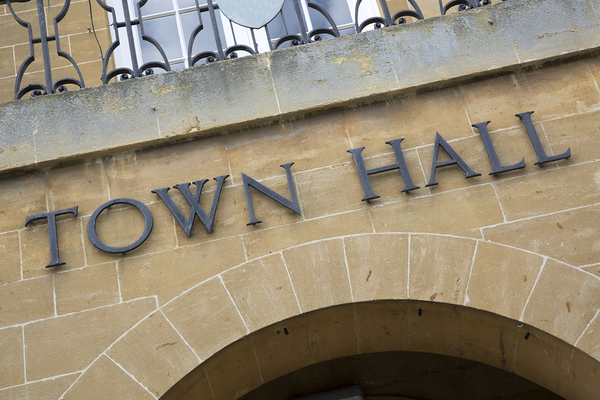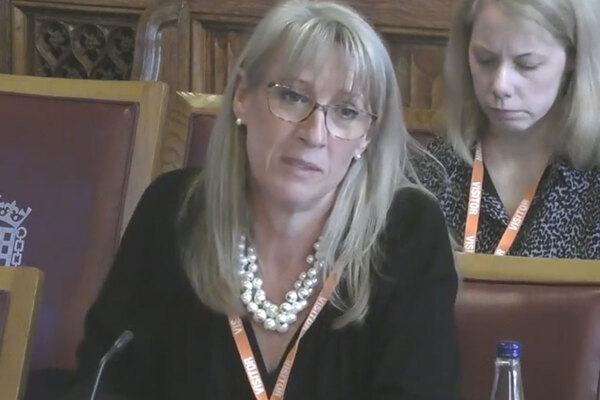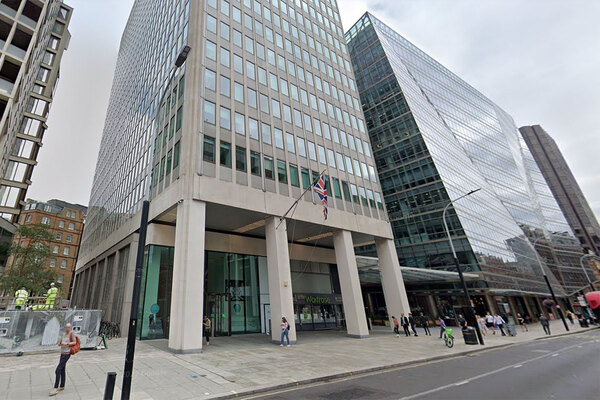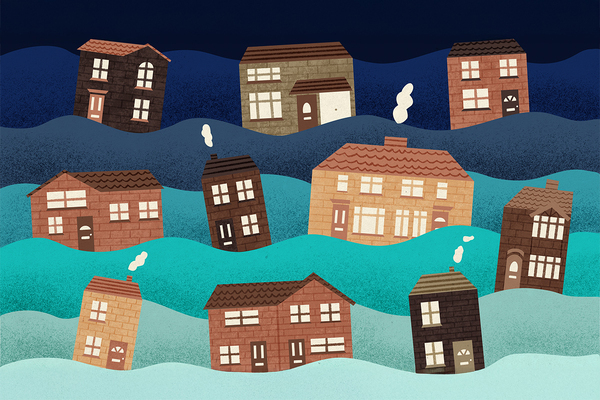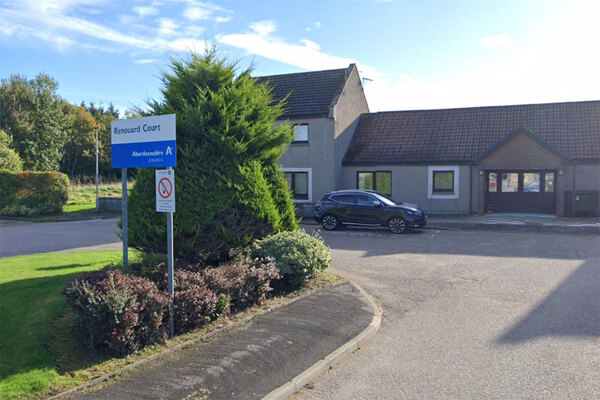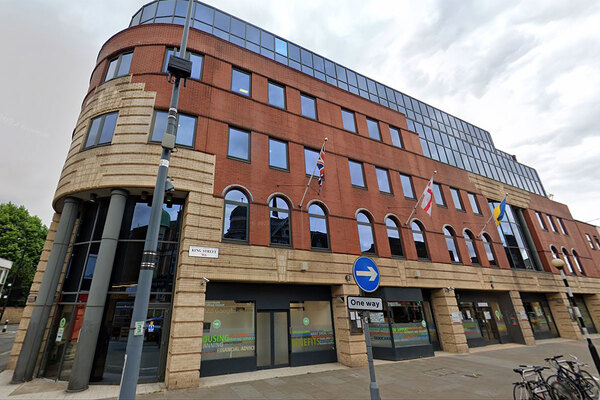Housing benefits only cover cheapest 18% of private rental market, new research reveals
Housing benefits only covered the cheapest 18% of private rentals on average in September 2022, down from 30% in 2020.
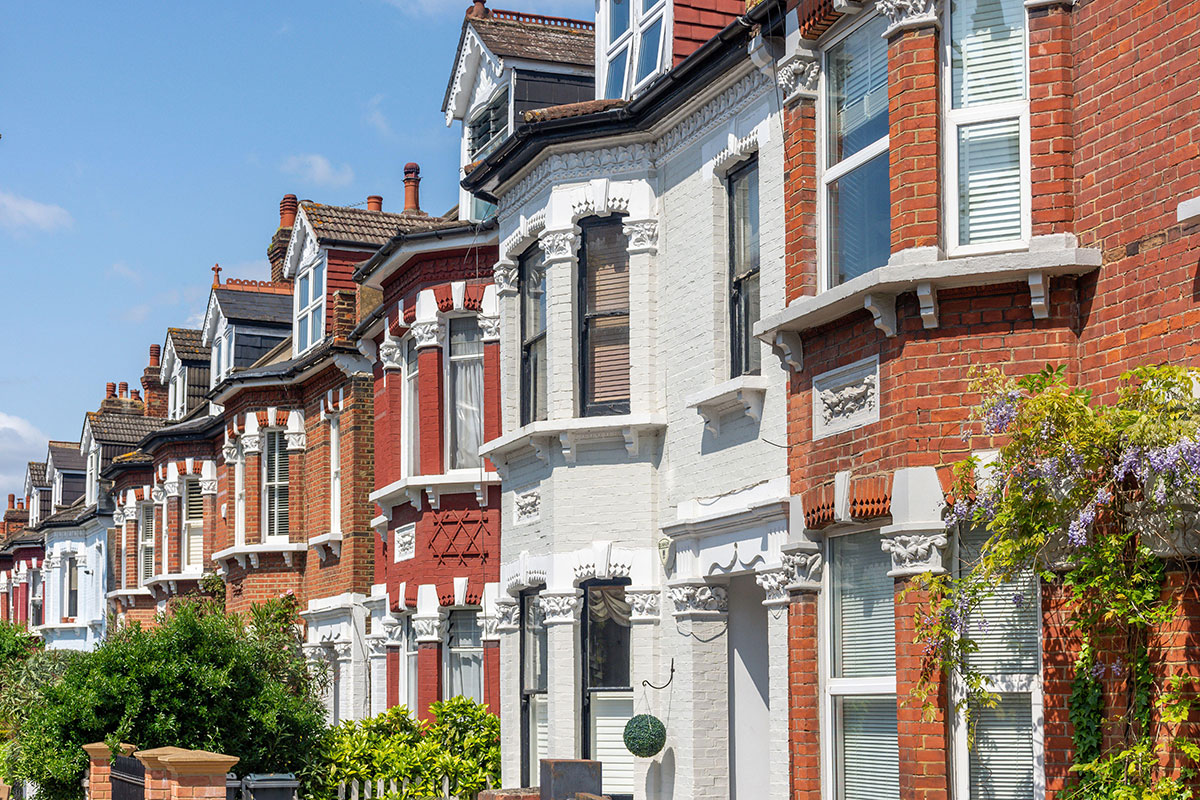
Analysis of government data by the Joseph Rowntree Foundation (JRF) shared with Inside Housing found that the share of homes covered by Local Housing Allowance (LHA) has shrunk rapidly since the government last updated benefits three years ago.
In April 2020, housing benefit support was uprated to cover the lowest 30% of local rents as they stood in September 2019.
Three years on, however, because of rapid increases in rents, fewer than a fifth of homes on average (18%) were covered by housing benefits.
With private rents continuing to rise, JRF noted that the effective LHA rate will have fallen even further since then. In 2011, 50% of rentals were covered by housing benefits.
The researchers said that effective LHA rates varied widely across local areas. Areas where benefits were most insufficient were: central London, with one in 50 private two-bedroom properties covered; Tameside and Glossop (5% of homes covered); Yeovil (7%); St Helens; (7%) and Bury St Edmunds (8%).
While the 2020 uplift of LHA rates saw the number of families facing shortfalls between rents and benefits fall from two-thirds to a half, the freeze in support has seen the share of families facing shortfalls climb again, reaching 58% by September 2022. Families without the means to make up the shortfall will increasingly be squeezed, JRF said.
According to the Institute for Fiscal Studies, in the first quarter of 2023 just 5% of private rental properties listed for rent would be covered by LHA. Analysis by Savills and the London School of Economics found that this was even lower in London, with just 2.3% of properties listed for rent throughout 2022-23 covered by housing benefits.
JRF estimated that more than eight in 10 low-income private renters in receipt of housing benefits or Universal Credit were going without essentials and seven in 10 were experiencing food insecurity in the past 30 days, cutting back on food or going hungry. Over half were paying more than 40% of their income on rent.
Alongside JRF, housing associations and homelessness charities have urged the government to unfreeze LHA and realign it with a higher percentage of market rents.
Sign up for our Council Focus newsletter
Already have an account? Click here to manage your newsletters




